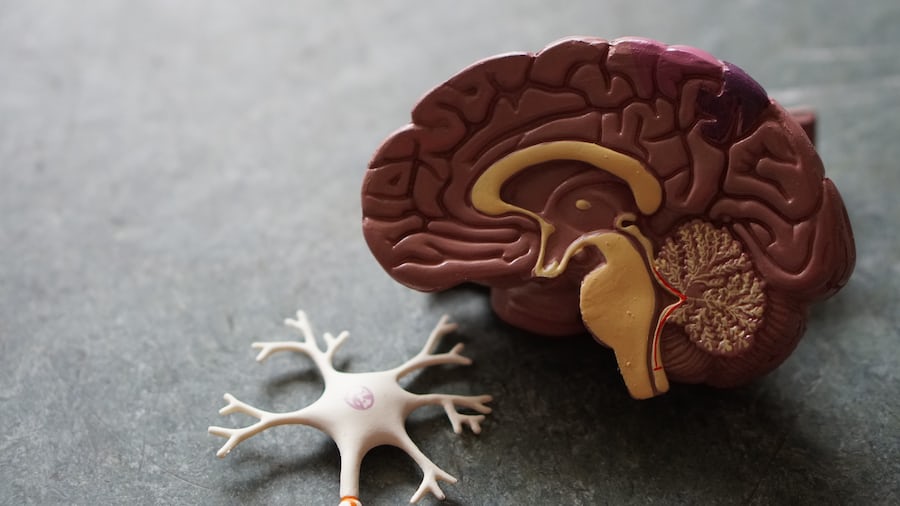The term “it’s just like riding a bike” often gets used to describe actions that get commited to our memories, and then never forgotten. But, Aerospace Engineer and creator of Smarter Every Day, Destin, has discovered that this statement is not always true. Destin believes that although we can physically accomplish the task, those of us who can ride a bike don’t fully understand how we are doing it. Destin created what he calls “the backwards brain bicycle”, a bicycle that turns right when you spin the handlebars left, and vice-versa. Through much failed practice with the backwards bike, Destin discovered that, although he had the knowledge of how to ride the bike, he could not accomplish the task. This revelation means that riding a bike a subconscious action.

After 8 months of training 5 mins/day, Destin finally was able to overcome this mental obstacle and ride for long durations with the backwards bicycle. Destin claims that the success was inconsistent, having the ability to ride one day, and not the next. Additionally, if he lost focus on the task during an attempt, his brain would revert to the original mode of riding a bike and he would lose balance. After months of only riding the backwards bike, Destin found that he could no longer ride a normal-functioning bike; his original ability had been replaced with a new one. Destin took his experiment to the next level by creating a backwards bike for his son, and asked him to learn how to ride the contraption. His six-year-old son, who has been riding a regular bike for half his life, learned how to ride a backwards bike in only two weeks. So why was Destin’s son able to learn the backwards bike 16 times faster than his dad?
Neuroplasticity

Neuroplasticity is described by educational psychology researcher and authory, Dana Asby, as “…the forming and reforming of neural pathways and is most constant and rapid during the first five years of life”. Put simply, neuroplasticity is the brain’s ability to change. As a result, children can rewire their brain, strengthen important pathways, learn, and unlearn habits more easily than adults. According to The National Center for Biotechnology Information, the average baby is born with over 100 billion neurons in their brain; those nerve cells are primed to begin exchanging electrical impulses and creating neural pathways. Although the brain never loses its neuroplasticity, the first five years of life are critical for neurological development. Neuroplasticity occurs through the generation of new connection between nerve cells, called synapses, and through the weakening connections that are deemed useless or dangerous. Neuroplasticity is an essential component to our capacity for learning and memory, as well as our cognitive and emotional flexibility.
Featured Photo: Adam Stefanca At: Unsplash
